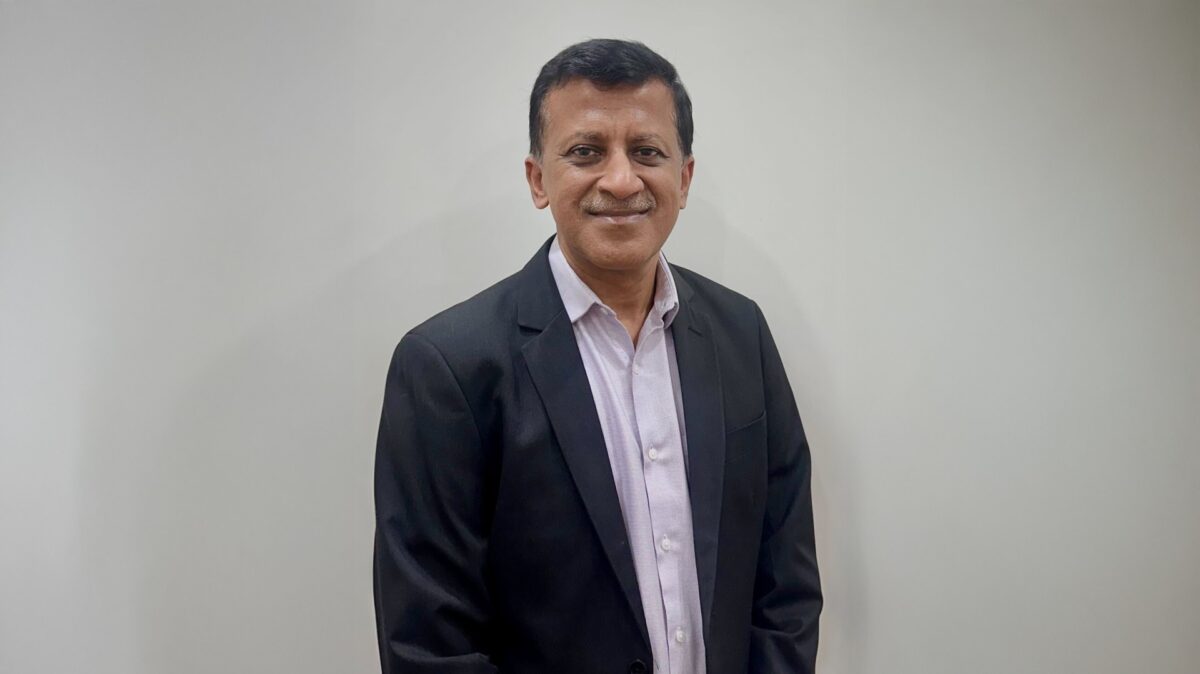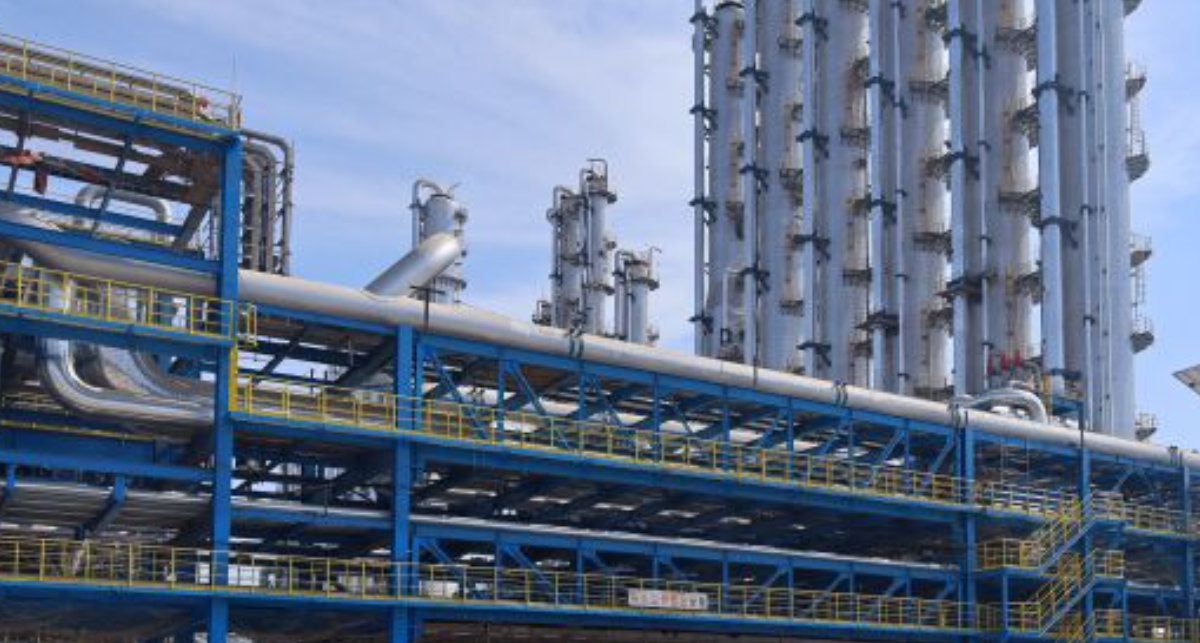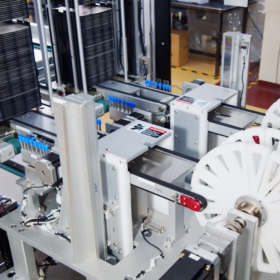The energy sector remains one of the most targeted industries for cyberattacks due to its crucial role in national infrastructure and economies. Recent cyberattacks designed to disrupt power systems during periods of geopolitical tension reiterate this reality.
At the same time, the sector’s rapid digital transformation, marked by widespread AI adoption and increasing convergence of IT and OT systems, is expanding the attack surface. The blurring lines between IT and OT environments are turning the energy sector into a battlefield where adversaries relentlessly probe for vulnerabilities.
With stricter cybersecurity laws for the power sector set to take effect in 2026 and cyber risk being rightly viewed as a business risk, the urgency for proactive cyber strategies has never been greater.
How interconnectedness in the energy sector introduces threats
When attacked, interconnected systems proliferated by cloud adoption and AI growth within the energy sector risk cascading cybersecurity incidents that can cause severe breaches and significant harm. The blend of old and new technologies in these infrastructures creates many weaknesses that are vulnerable to malware and cyberattacks. Even seemingly air-gapped networks, if breached, can become pathways to critical control systems. IT systems are often the first targets. Attackers routinely take advantage of weak or reused admin credentials, misconfigured domain controllers, overprivileged accounts, and unpatched vulnerabilities. A single compromised entry point can serve as a staging ground, enabling adversaries to move laterally, escalate privileges, and lay the foundation for broader attacks.
Siloed tools built separately for IT and OT environments compound this challenge. These fragmented solutions fail to provide a unified view, leaving business-critical risks buried in a flood of isolated alerts. OT teams lack visibility into threats emanating from IT systems, while IT personnel cannot fully understand risks without insight into OT operations.
This fractured visibility creates fertile ground for attackers to infiltrate and cascade across the entire energy ecosystem. To counter this, organizations need an integrated approach that eliminates blind spots and provides a complete view of cyber risk across both IT and OT domains.
A single comprehensive solution to the rescue
Amid looming threats from interconnected environments, emerging technologies, and siloed security practices, the energy sector needs a single source of truth. An exposure management platform delivers this, bringing IT and OT security into a unified ecosystem. It proactively identifies risks and stops them before they spiral out of control and stop operations. This unified approach is non-negotiable, as globally, 77% of companies reported that cyberattacks compromised OT data or disrupted OT operations within the past 12 months, with 62% of those attacks taking more than one month to detect, and the average recovery time stretching to seven months.
Regardless of where a threat originates, the platform ensures that both IT and OT security teams have visibility of all their assets. Instead of a myopic view of the attack surface, it provides an omniscient view to predict and detect threats in time. Context-driven alerts combined with in-depth information enable teams to act with clarity and speed.
Leveraging a combination of network and device-based detection engines, an exposure management platform uncovers incidents stemming from IT or OT environments, be it caused by human error, misconfigurations, ransomware, or malware. Predictive prioritization through Vulnerability Priority Rating (VPR) ensures that the most severe risks are addressed first, with precise remediation strategies that ensure recovery and restore resilience.
Additionally, it automates asset discovery and visualization, offering an up-to-date inventory of all assets, including workstations, servers, HMIs, historians, PLCs, RTUs, IEDs, and network devices. This comprehensive visibility and proactive remediation allow businesses to focus on innovation while staying ahead of emerging threats.
Strengthening defenses in the age of convergence
Exposure management platforms bring together visibility across IT, OT, cloud, and other digital assets to identify and prioritize vulnerabilities before they turn into exploits. With comprehensive coverage and analytics, they provide clarity on where risks matter most and how to address them effectively. For the energy sector, this capability is critical to protecting essential infrastructure, reducing the impact of attacks, and enabling continued innovation in a tightly connected environment.
The views and opinions expressed in this article are the author’s own, and do not necessarily reflect those held by pv magazine.
This content is protected by copyright and may not be reused. If you want to cooperate with us and would like to reuse some of our content, please contact: editors@pv-magazine.com.








By submitting this form you agree to pv magazine using your data for the purposes of publishing your comment.
Your personal data will only be disclosed or otherwise transmitted to third parties for the purposes of spam filtering or if this is necessary for technical maintenance of the website. Any other transfer to third parties will not take place unless this is justified on the basis of applicable data protection regulations or if pv magazine is legally obliged to do so.
You may revoke this consent at any time with effect for the future, in which case your personal data will be deleted immediately. Otherwise, your data will be deleted if pv magazine has processed your request or the purpose of data storage is fulfilled.
Further information on data privacy can be found in our Data Protection Policy.